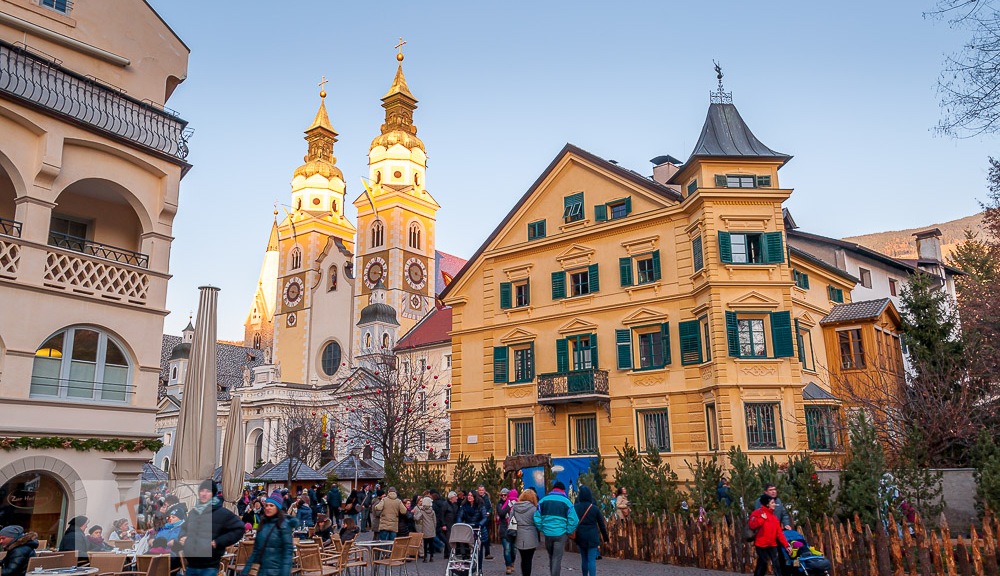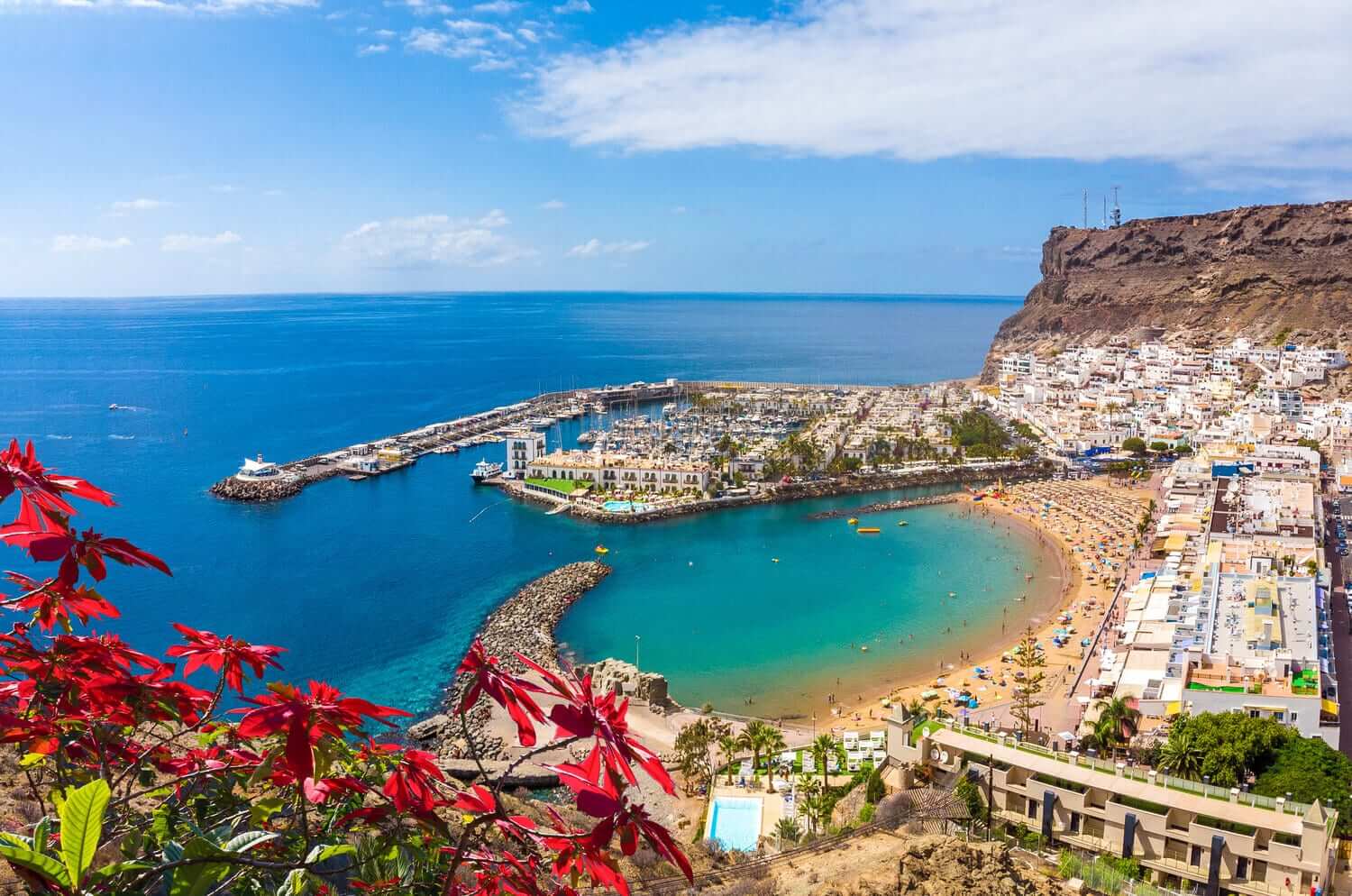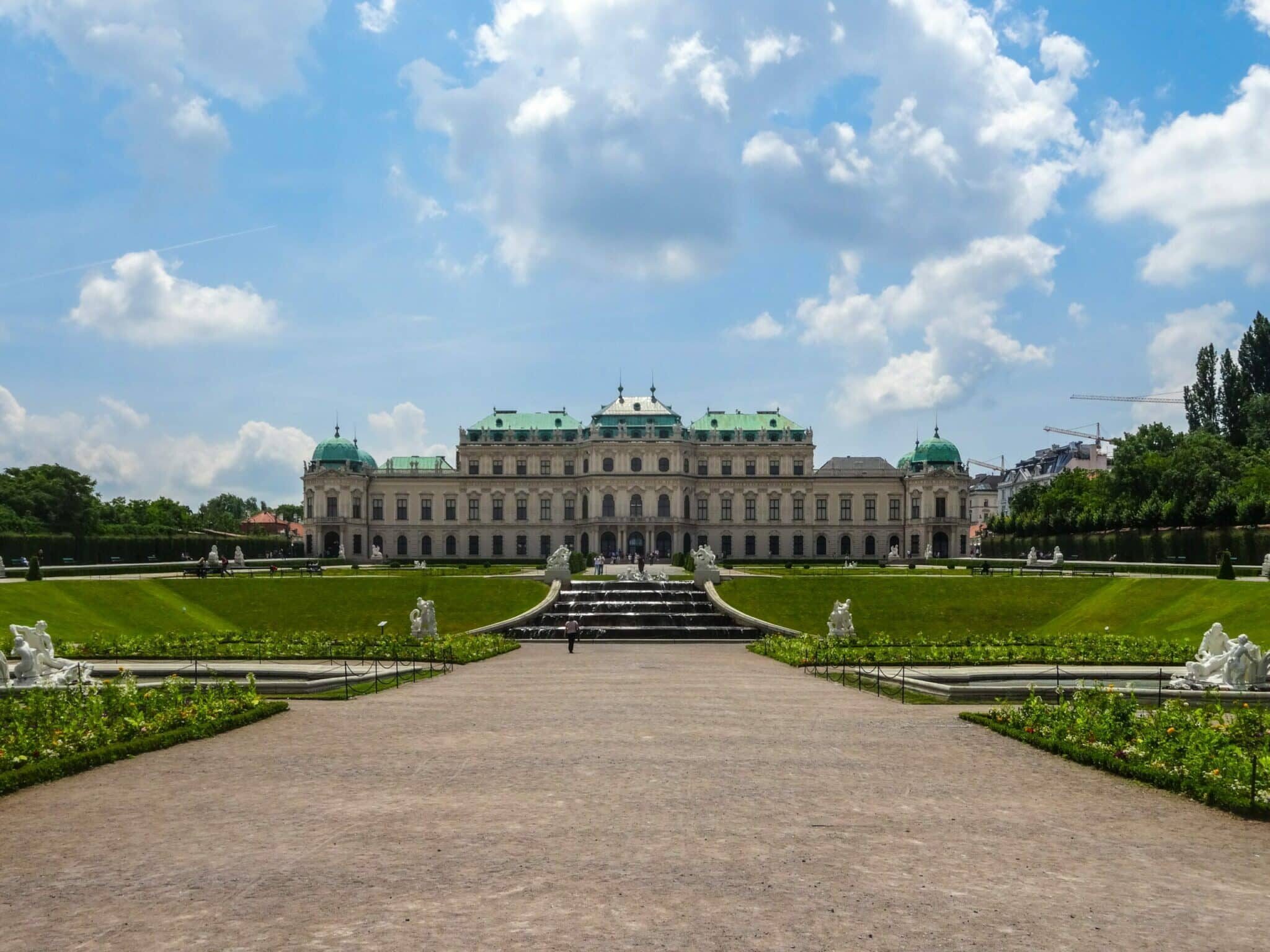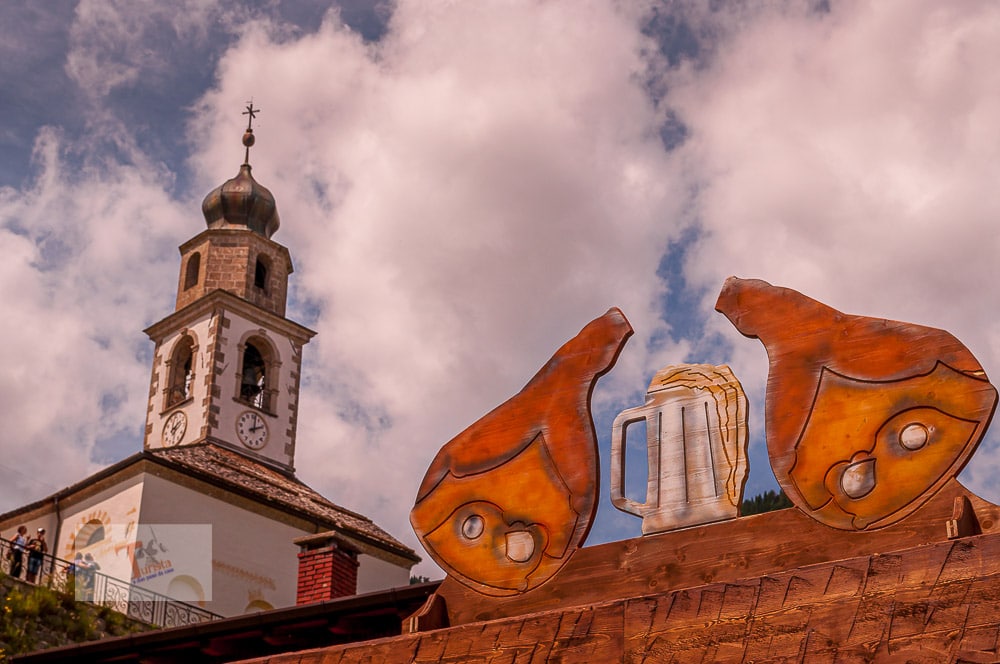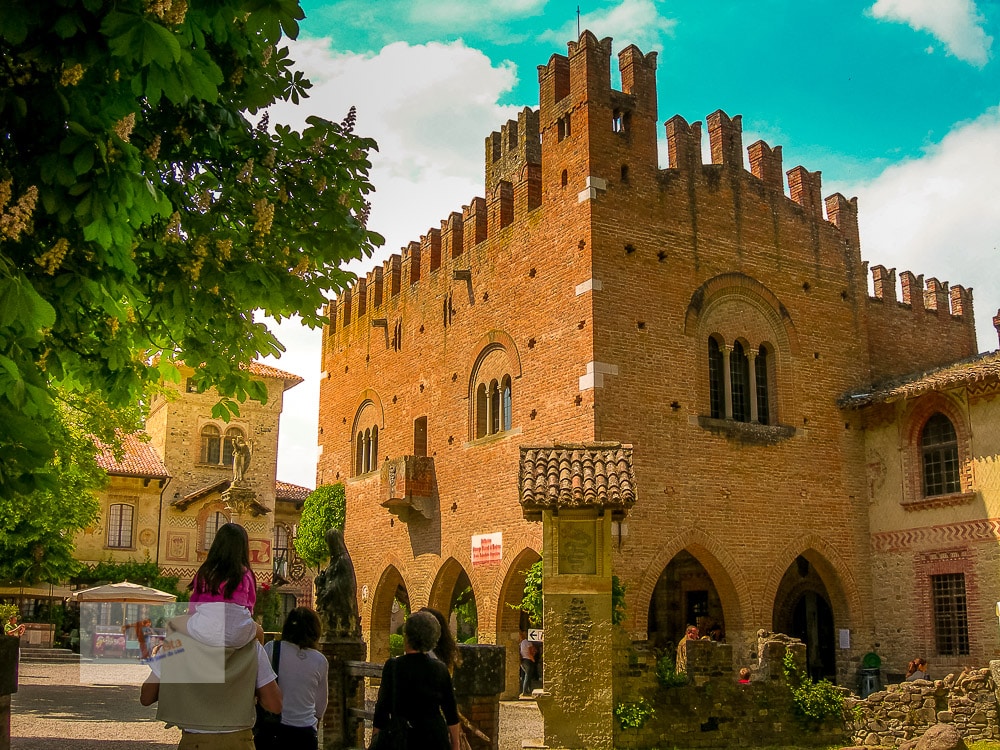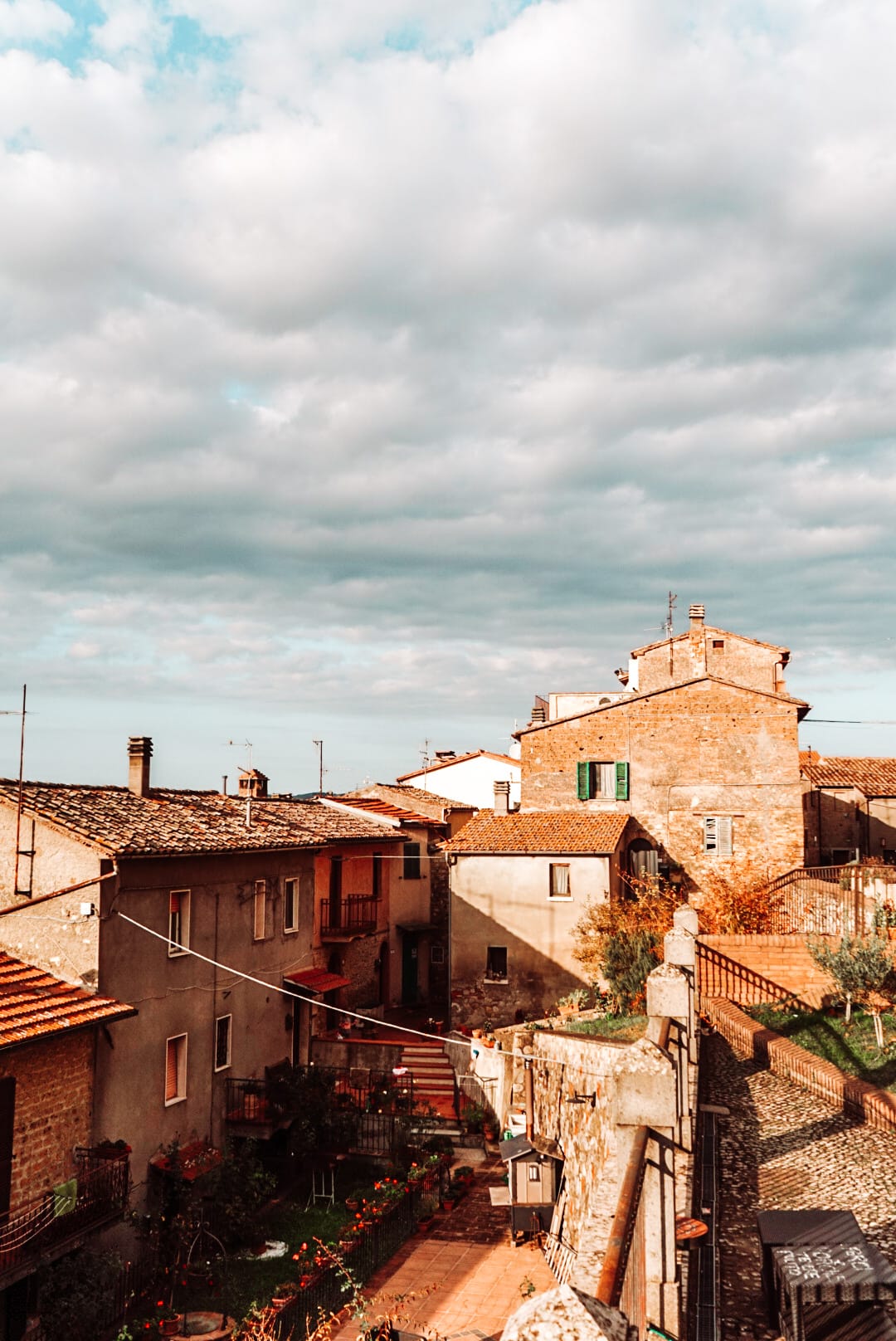Soliman is the elephant symbol of Bressanone, a city with more than a thousand years of history
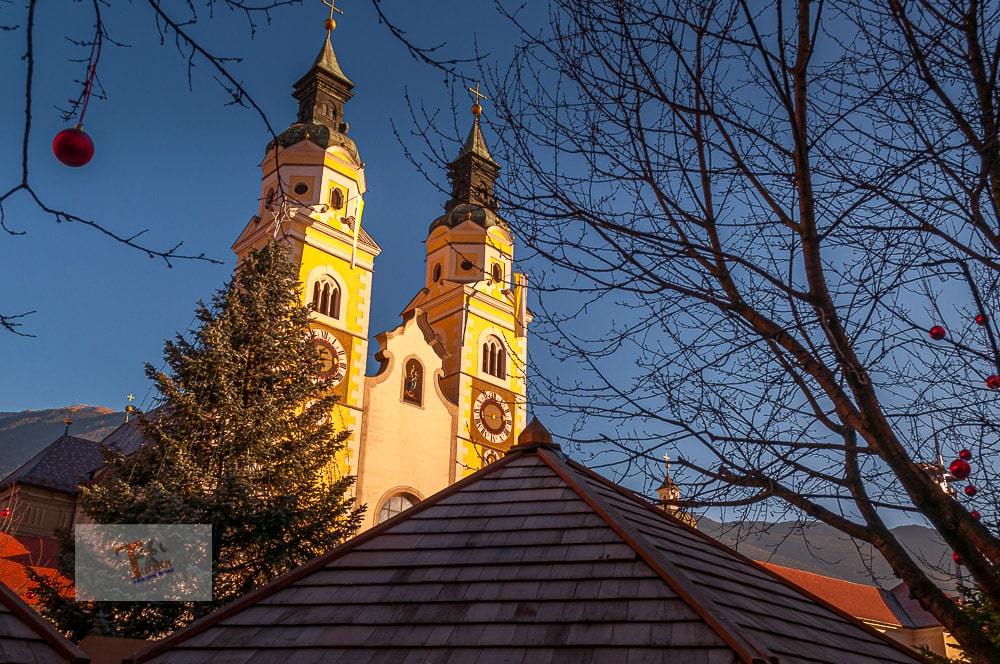
A true story that takes us back to 1551. The story of the journey made by a pachyderm which has remained in history and which in Bressanone had its most touching moment and which is still alive today.
Bressanone is one of the best South Tyrolean locations, either because it is the oldest city in Tyrol, it has more than a thousand years of history. To admire its picturesque alleys, the singular Piazza Duomo, or the medieval old town. Here every year one of the most traditional Christmas markets in the area takes place.
The city is closely linked to the elephant Soliman, but before discovering its history, let’s take a tour of the city streets to discover the most important monuments such as the Cathedral.
Cathedral
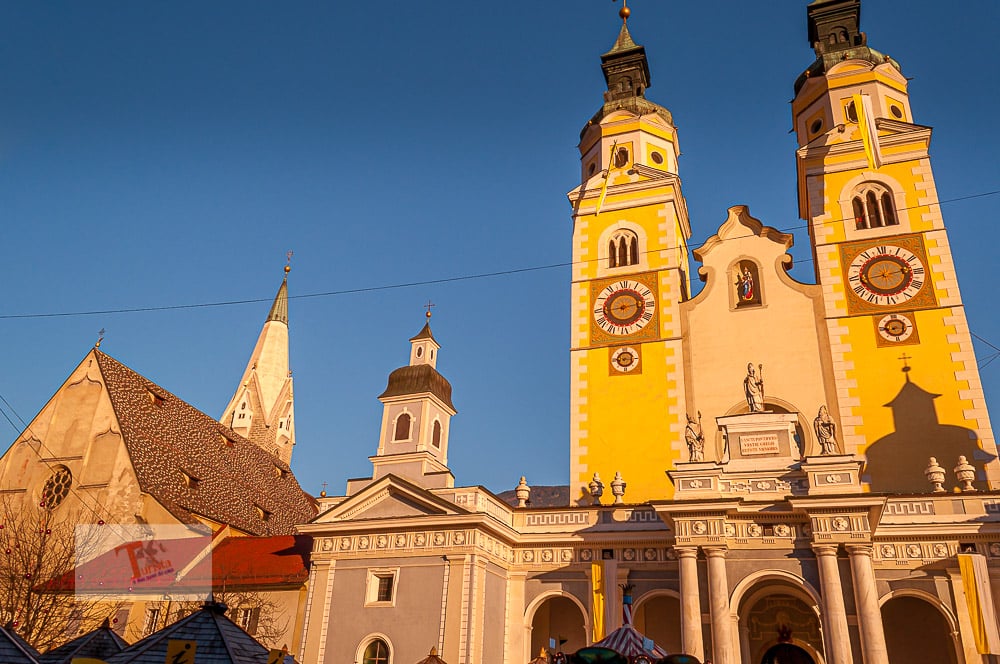
The imposing Baroque style building dates back to the 13th century and is dedicated to Santa Maria Assunta, but its origins are more ancient and date back to the year 980 AD The church as we see it today was modified after a fire in the 12th century and is presented in Romanesque style with two bell towers on the facade, 65 meters high. Inside, on the vaults, you can see frescoes by Paul Troger, one of the most important South Tyrolean Baroque painters. Around the Cathedral there is the old cemetery that separates it from the parish church of San Michele and the White Tower. The former episcopal palace, the Scuola del Duomo, the Chapter Hall, the Casa dei Canonici, and the cloister dating back to the 10th century, rebuilt towards the end of the 1100s and modified in Gothic style in 1370. On the southern side of Piazza Duomo stands the Column millenary, erected in 1909. It recalls the first millennium of the city.
Church of San Michele and White Tower
The church of San Michele and the White Tower is parallel to the Cathedral. The cult building has a Gothic nave, but over the centuries it has undergone renovations in the Baroque style, a Gothic choir, seven altars, a bell tower, better known as the White Tower, built in the 15th century. It was originally called the black tower due to the color of its roof. The bell tower is 72 meters high and features a moon clock. 89 steps lead to a 43-bell carillon capable of producing over 100 melodies.
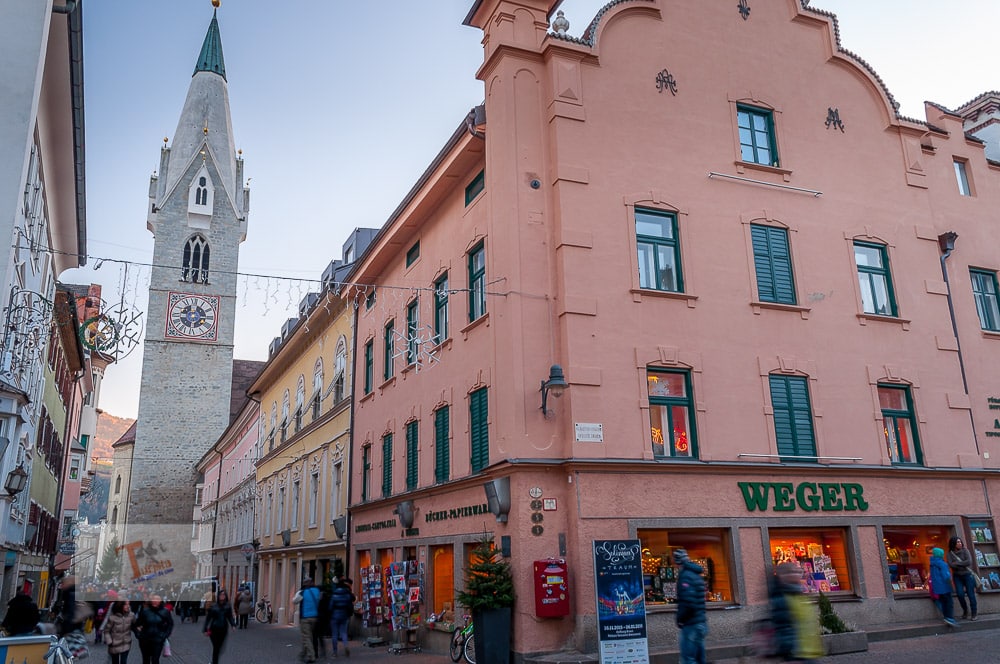
Town Hall
The building, the current seat of the town hall of Bressanone, has a facade with Renaissance elements and a crenelated roof, while the tower recalls the late Middle Ages. Inside you can admire interesting frescoes from the last century.
Pallaus Castle
Known as Palazzo di Sarnes, this building is located on the outskirts of the city of Bressanone and dates back to the 12th century. The entrance is dominated by the Pallhauser coat of arms and by a pictorial nucleus of the “Madonna with child” and “S.Anna” from the 16th century. The entire perimeter of the castle is surrounded by a park and surrounded by walls.
The walls and the doors
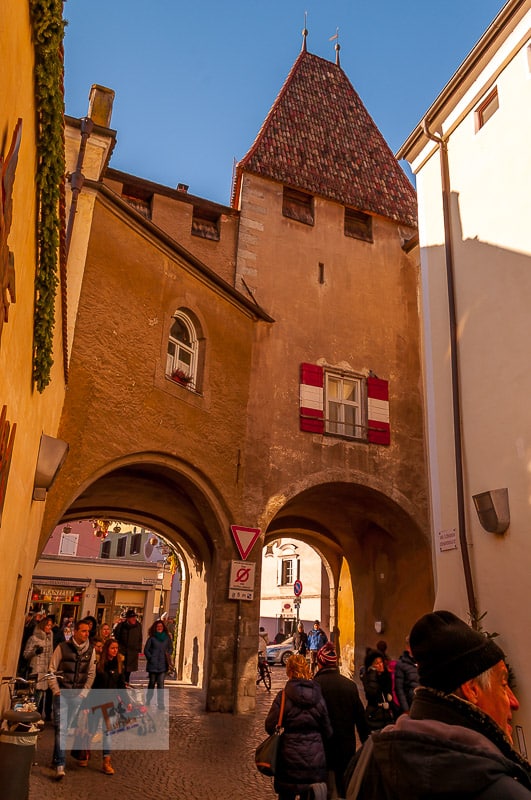
The walls that were built around the historic center were commissioned by Bishop Heriward at the beginning of the year one thousand. Access to the historic center was through three doors: Porta Sabiona above which you can see a female figure dyed in red, a recent work of a sculptor. Porta San Michele, annexed to the “White Tower and Porta Croce, also known as Porta Sole, which allowed access to the road to Bolzano. Finally, there is a fourth door, is Porta del Chiostro, dating back to the 13th century, considered the oldest existing entrance in Bressanone. The Romanesque arch structure today is the access to the buildings of the Cathedral and the Cloister
Karlspromenade
Along the eastern area of Bressanone, you can walk along the Karlspromenade, the historic promenade built in 1903 in memory of Emperor Charles I of Austria, who loved to walk along this street which in ancient times started from Cura Guggenberg and reached the church of Millan. Maria am Sand and the Karlsburg residence.
The city of bridges and two rivers
Bressanone is also known as the city of two rivers, and of bridges: Mozart bridge, which connects the Millan district, Widmann bridge which crosses both rivers, Aquila bridge, built in 1927 after a flood. Next to the bridge stands a statue of St. John of Nepomuk of Prague, patron saint of bridges and protector from floods and inclement weather. The bridge connects the Karlspromenade with the other bank of the Rienza river
Outside Bressanone, you can visit the Abbey of Novacella, the testimony of the spiritual and religious supremacy of the Middle Ages.
Soliman
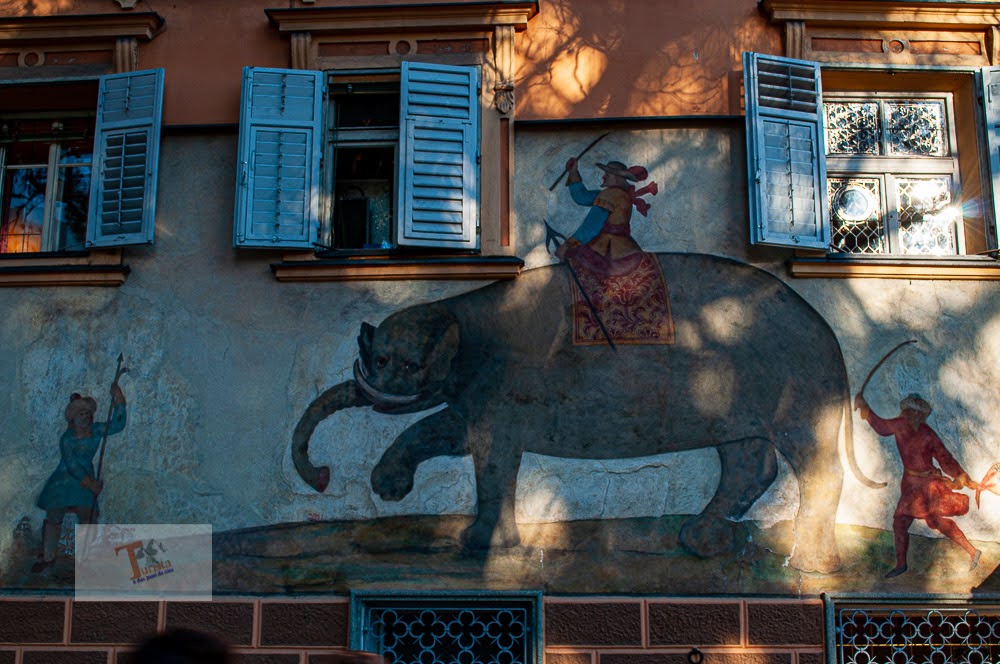
Soliman’s is the story of a gift. A gift from the King of Portugal, John III, to his nephew, Archduke Maximilian of Austria. At that time, the only means of transport was to set out and arrive at the destination. So the elephant, which came from India, made a stop in Lisbon and from there by ship to Genoa. Then he faced the long journey to the Alps. First in Trento, then in Bolzano, people flocked to admire this specimen which was welcomed to applause. Even in Bressanone honors, they were attributed. He arrived in the Tyrolean town shortly before Christmas in 1551 and remained a guest in an inn until January 2, 1552. Landlord Andrä Posch took care of the large pachyderm until the animal made the journey to Innsbruck first, and then reached its destination via the Inn rivers and the Danube.
Unfortunately, the long journey was followed by a short stay in the Austrian capital. In fact, Soliman died in December 1553. Perhaps due to malnutrition or perhaps strong homesickness. Today at the Benedictine monastery of Kremsmünster you can admire a chair made using the bones of its front foot, while what remained of the mummy was exhibited in the Bavarian National Museum after the remains passed to Duke Albert of Bavaria.
In Bressanone, the memory of the elephant’s passage is still alive today. The innkeeper Andrä Posch, who had hosted the animal in the stables of his inn, renamed the hotel in his honor. And even today, during the Christmas period, a multimedia show is made that has Soliman as its protagonist.
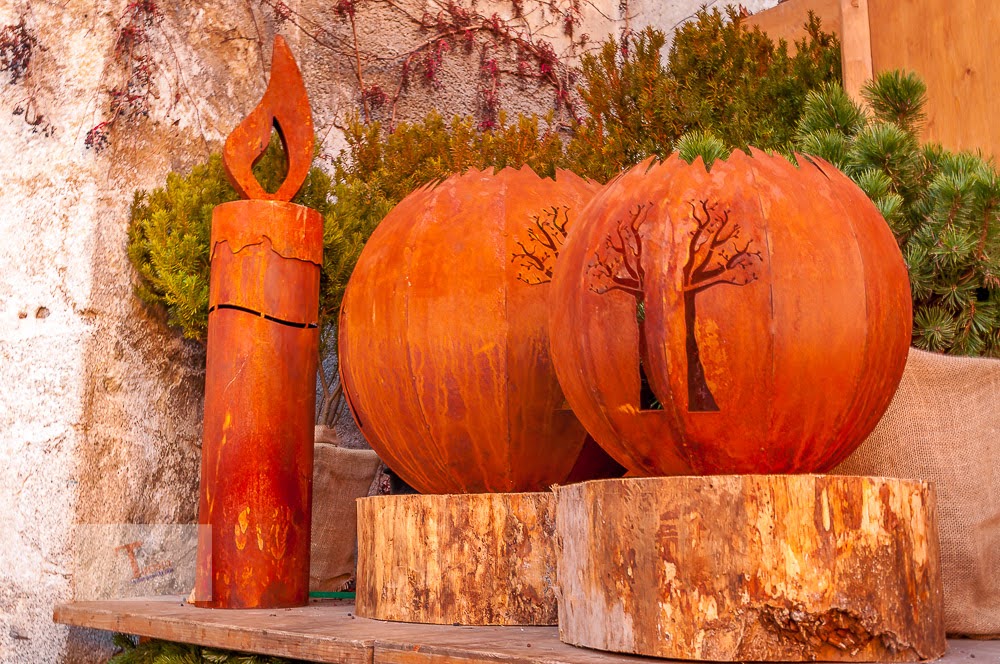
How do I get to Bressanone?
Bressanone can be reached from the A22 Brenner motorway exit Bressanone Sud. By train, the railway station is on the Brenner line, while the nearest airports are those of Innsbruck, Austria, and Verona.

